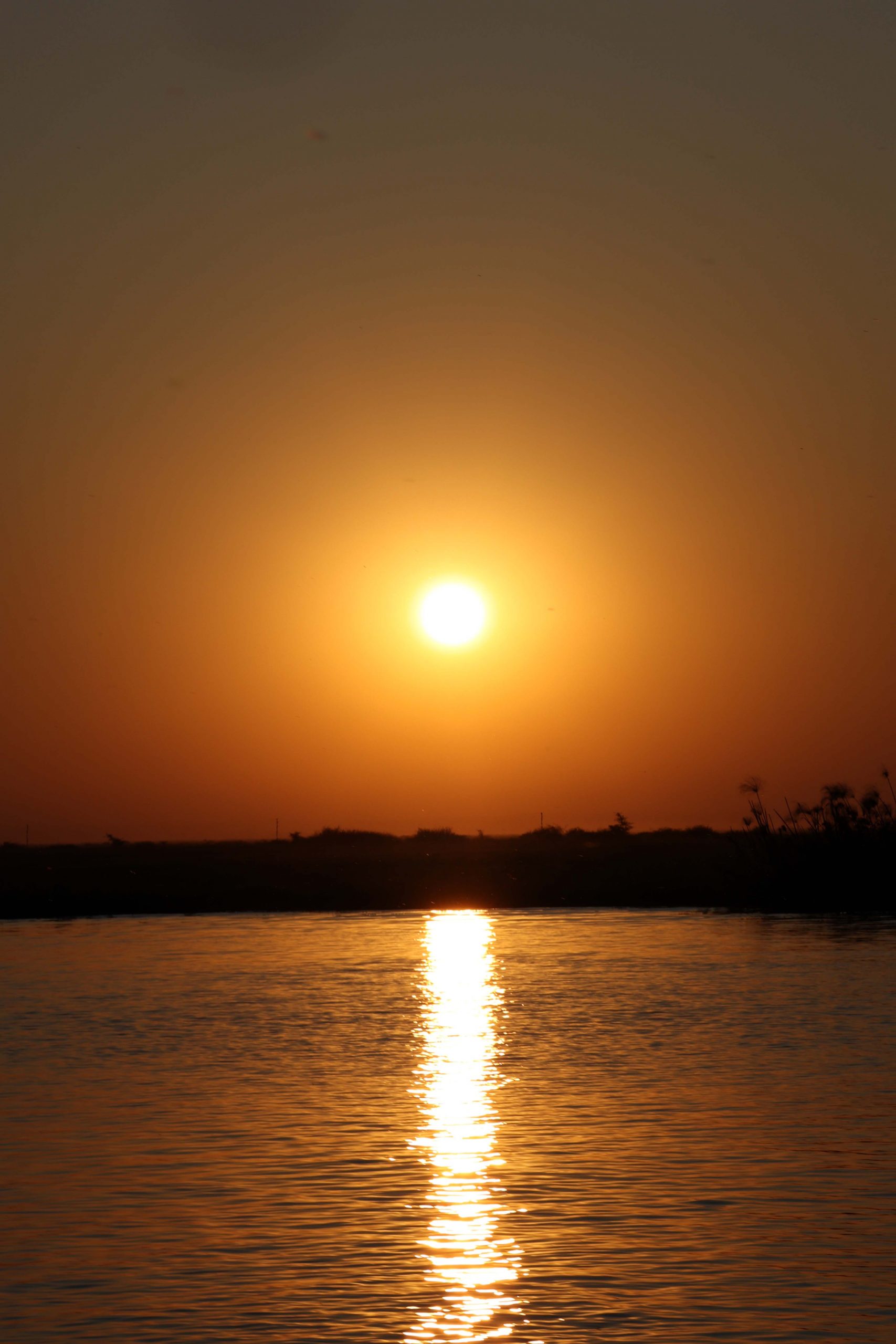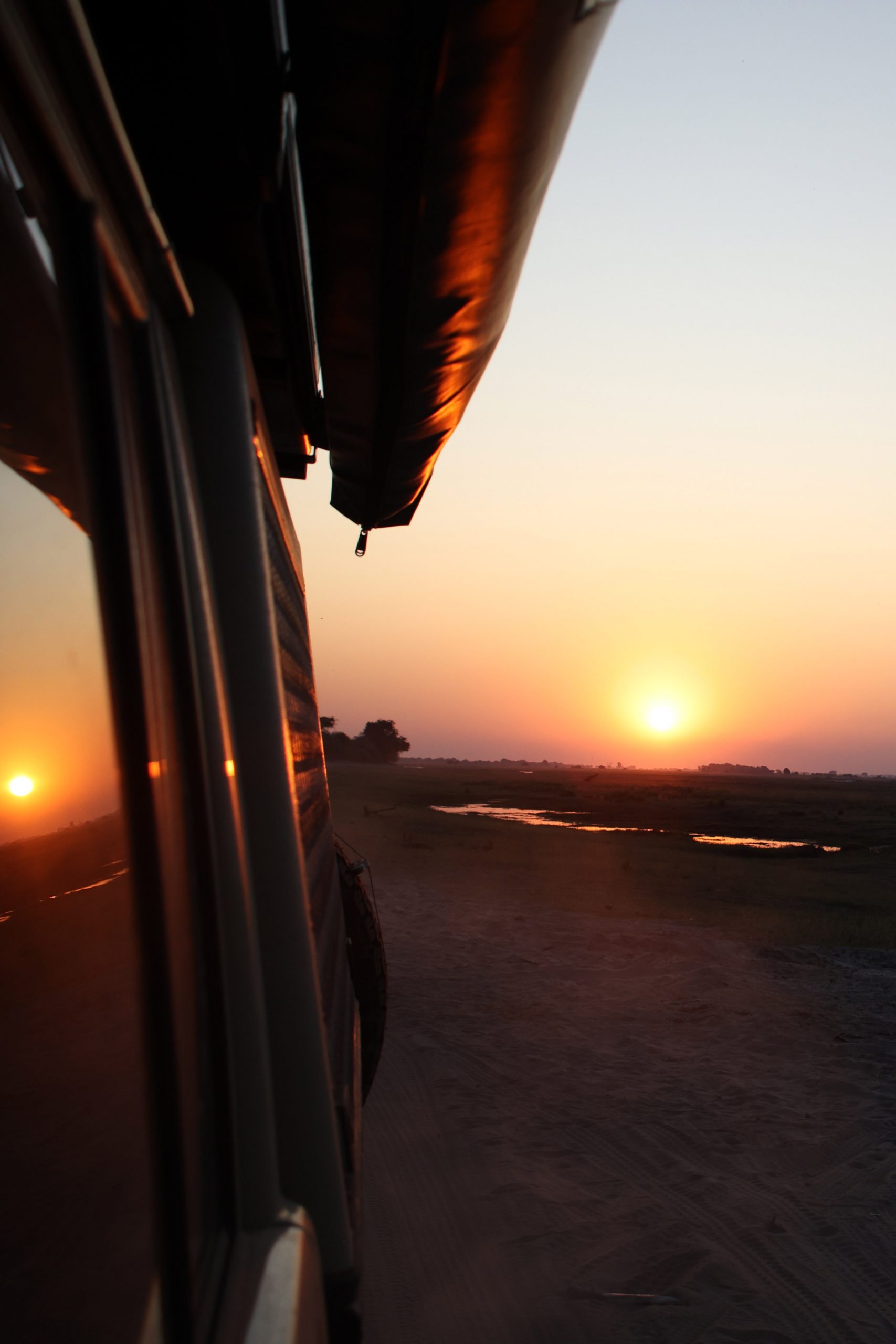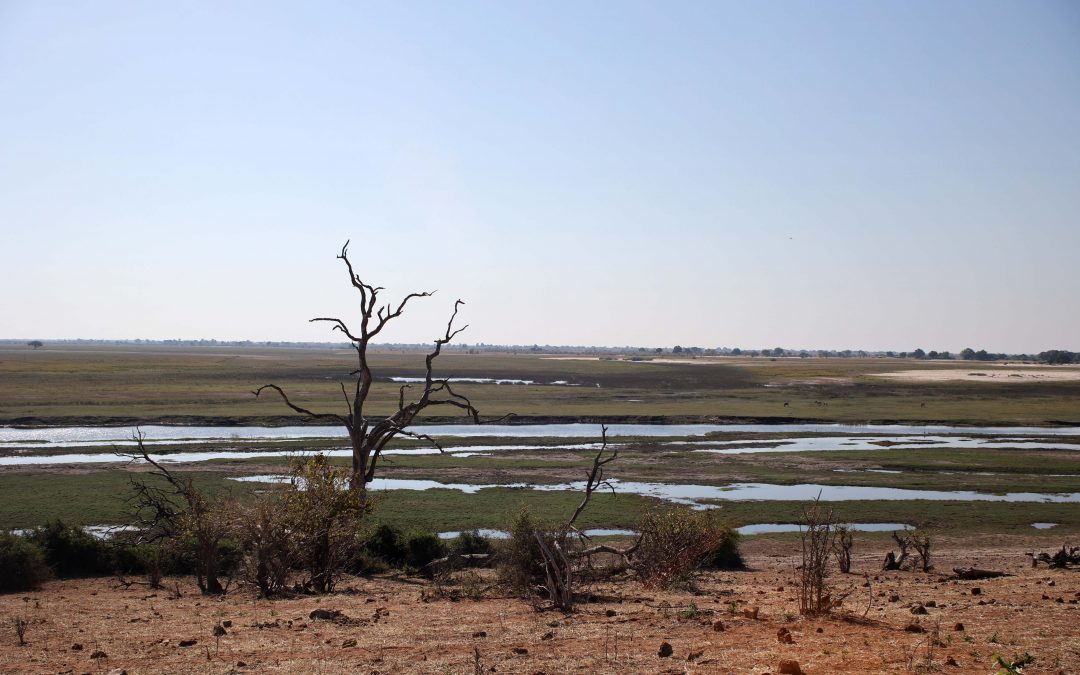Tourists! Flocks, herds and throngs of them. They always seem to congregate in places filled with luxury lodges, curios shops and high speed wi-fi. More often than not, these upmarket drawcards are in postcard-perfect locations marketed worldwide as the place to spend some dollars. Botswana’s Chobe National Park and its immediate surroundings is exactly such a place. Naturally, we try and avoid places where game-viewer vehicle rush hour traffic is a thing. However, there is likely a reason why this area is so popular, so we did our best to find out why, looking beyond the main tourist trail to explore the various facets the area has on offer. Here are some of the adventures we enjoyed.
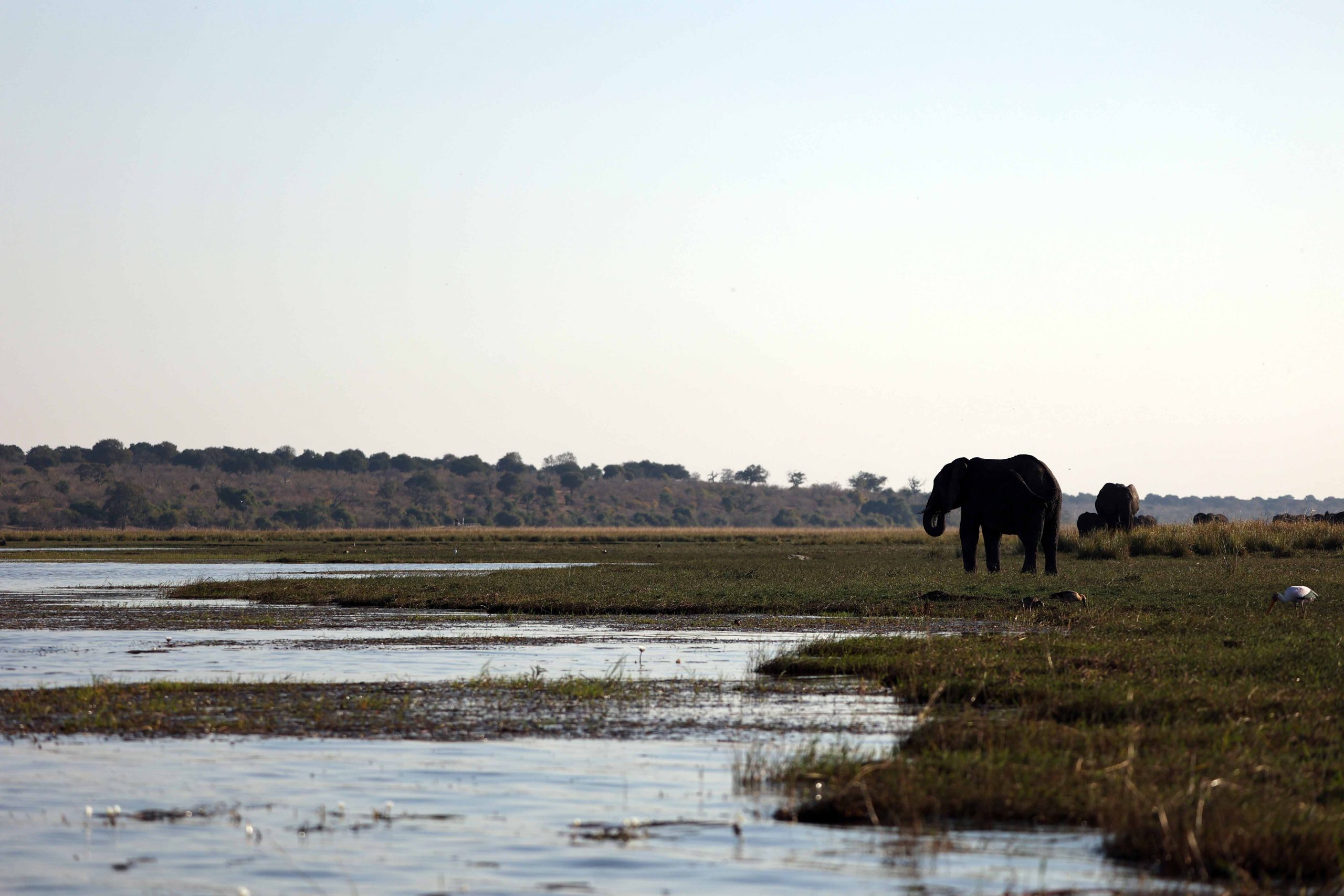
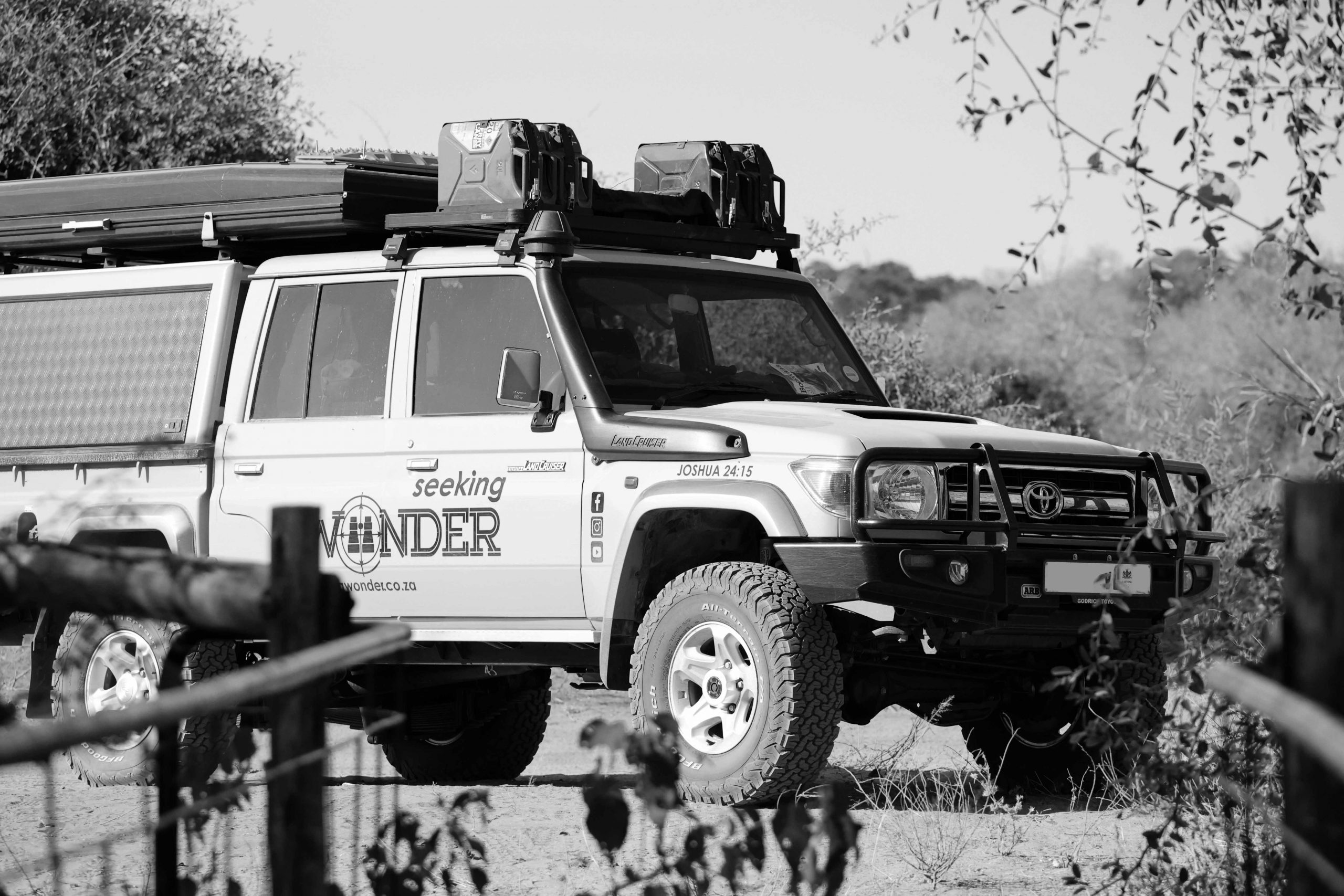
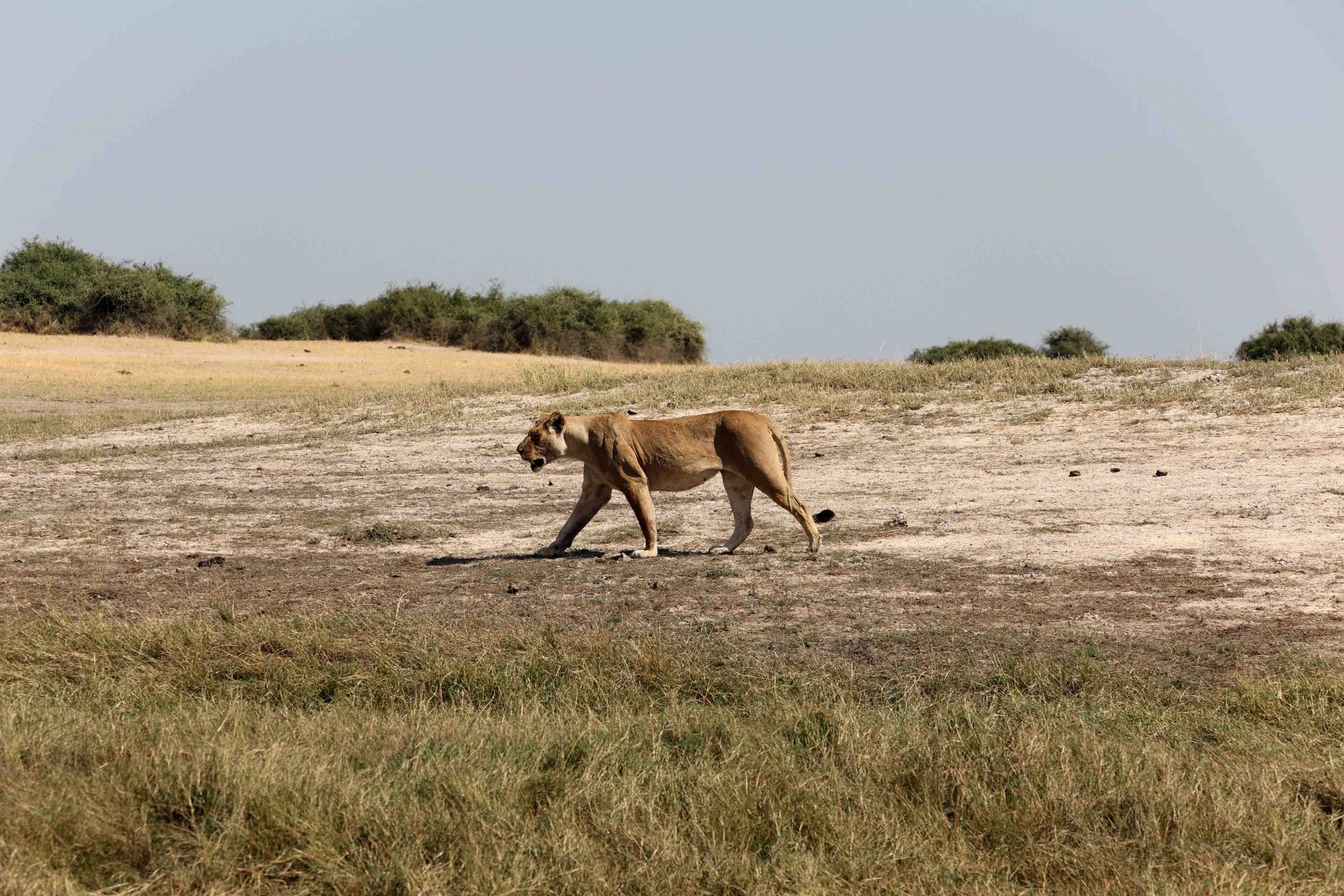
Not your average booze cruise
Starting off strongly on the tourist trail, a cruise on the Chobe River is highly recommended. Forming the border between the park and Namibia, this unique river system joins the Zambezi at Kasane just outside the park and can flow both into or out of the Zambezi depending on flood and rain levels. It is an absolute haven for wildlife in an otherwise rather dry park, and birds flock to the floodplains, islands and waterways in their thousands to breed and feed. One has to put up with many other boats filled with straw-hatted Karens more interested in the cooler box, or swivel-chaired retirees wielding 800 mm lenses to presumably photograph bird eye balls (yes, we are jealous). However, it was still very much worth it.
We saw herds of drinking elephants closer than we ever dreamt possible – no 800 mm even needed. Water-loving red lechwes lazed about on the weeded margins and even a few puku, their scarcer cousins, put in a guest appearance. Masses of buffalo sloshed through the flooded islands with yellow-billed oxpeckers and egrets in attendance. We saw wonderful birds new to us, such as rare long-toed lapwings, oddly shaped collared pratincoles, agile African skimmers, and black egrets playing ‘night time day time’ in the shallows. Fish eagles, kingfishers and a plethora of storks posed patiently for us, as if to ask ‘did you get my good side?’.
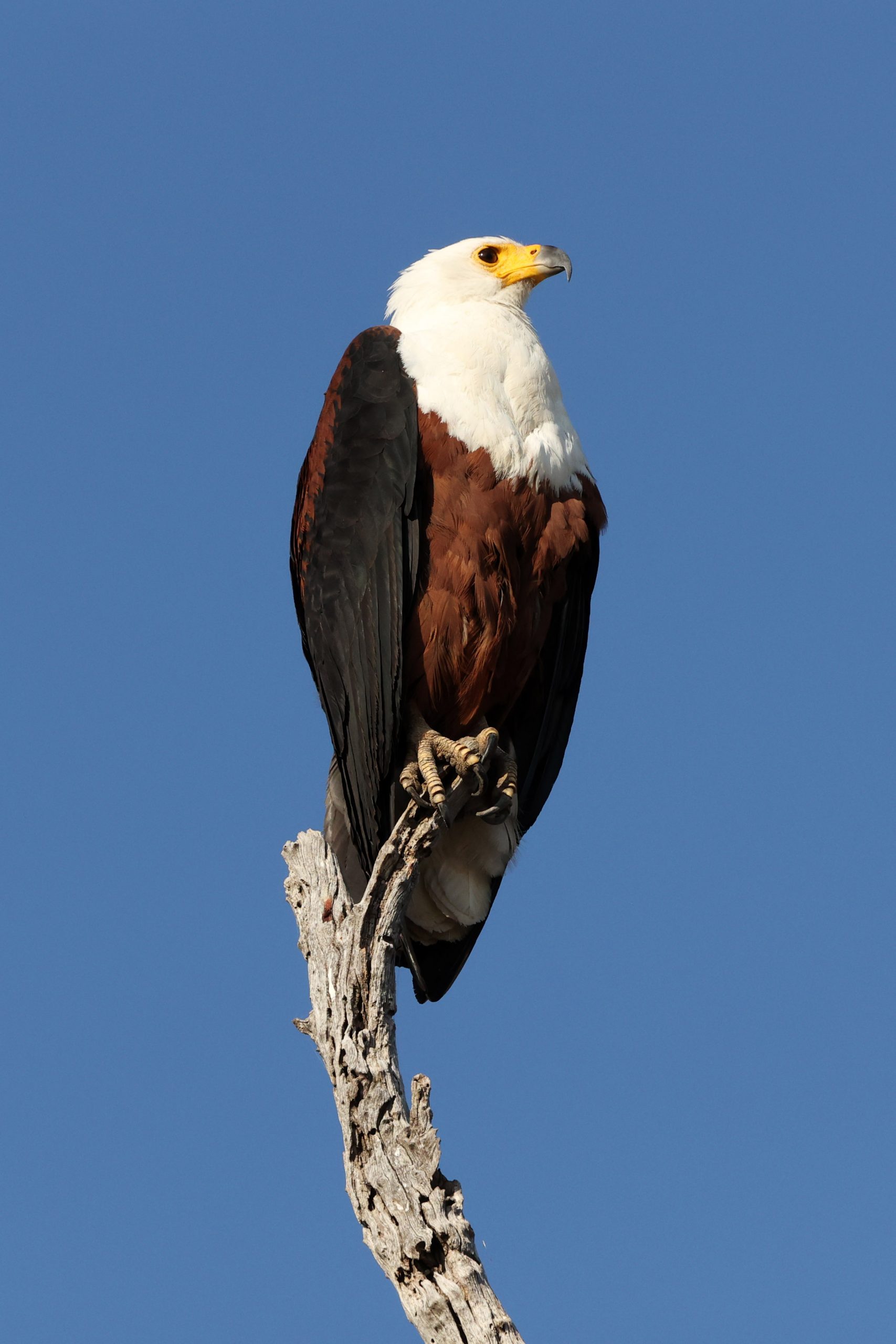
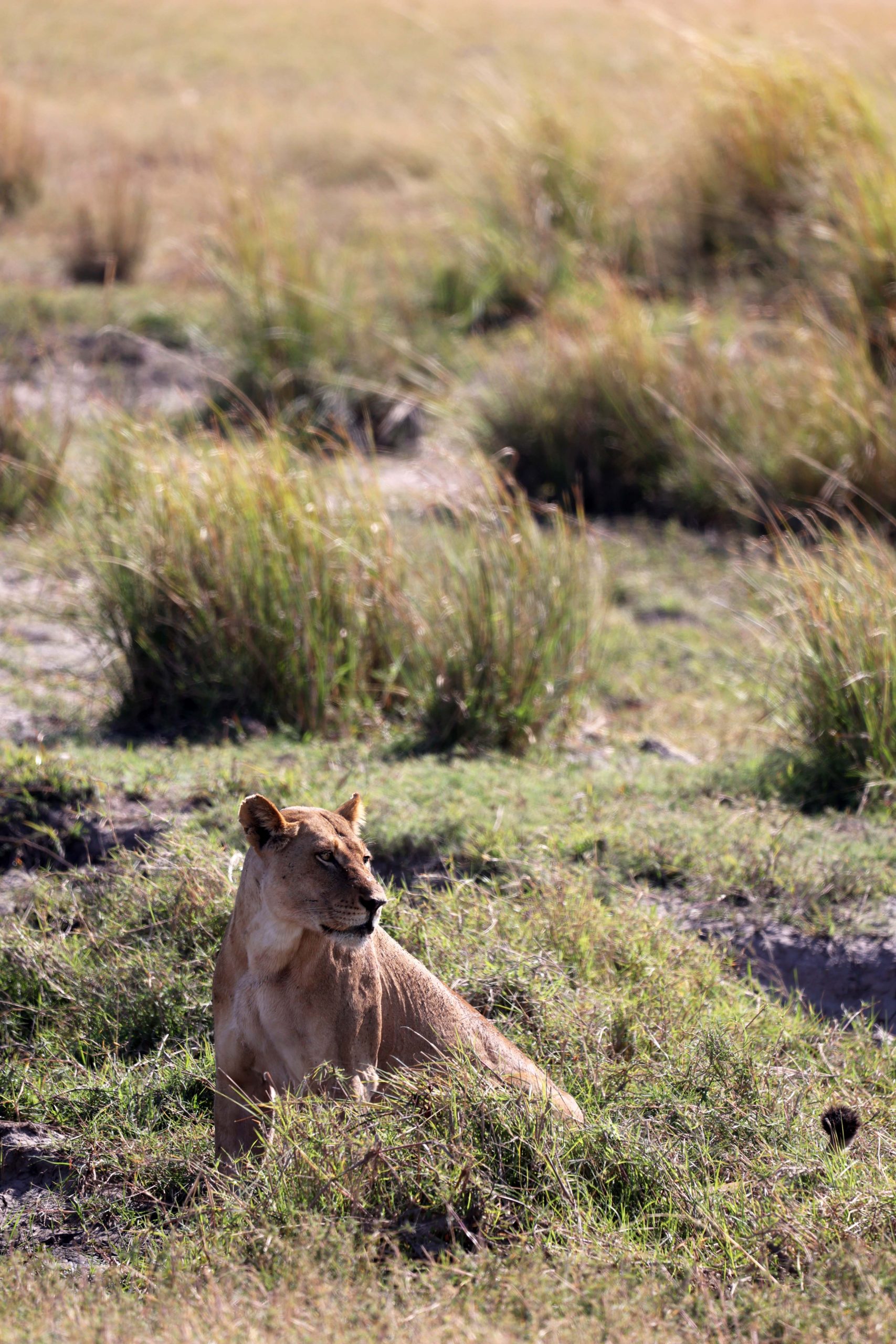
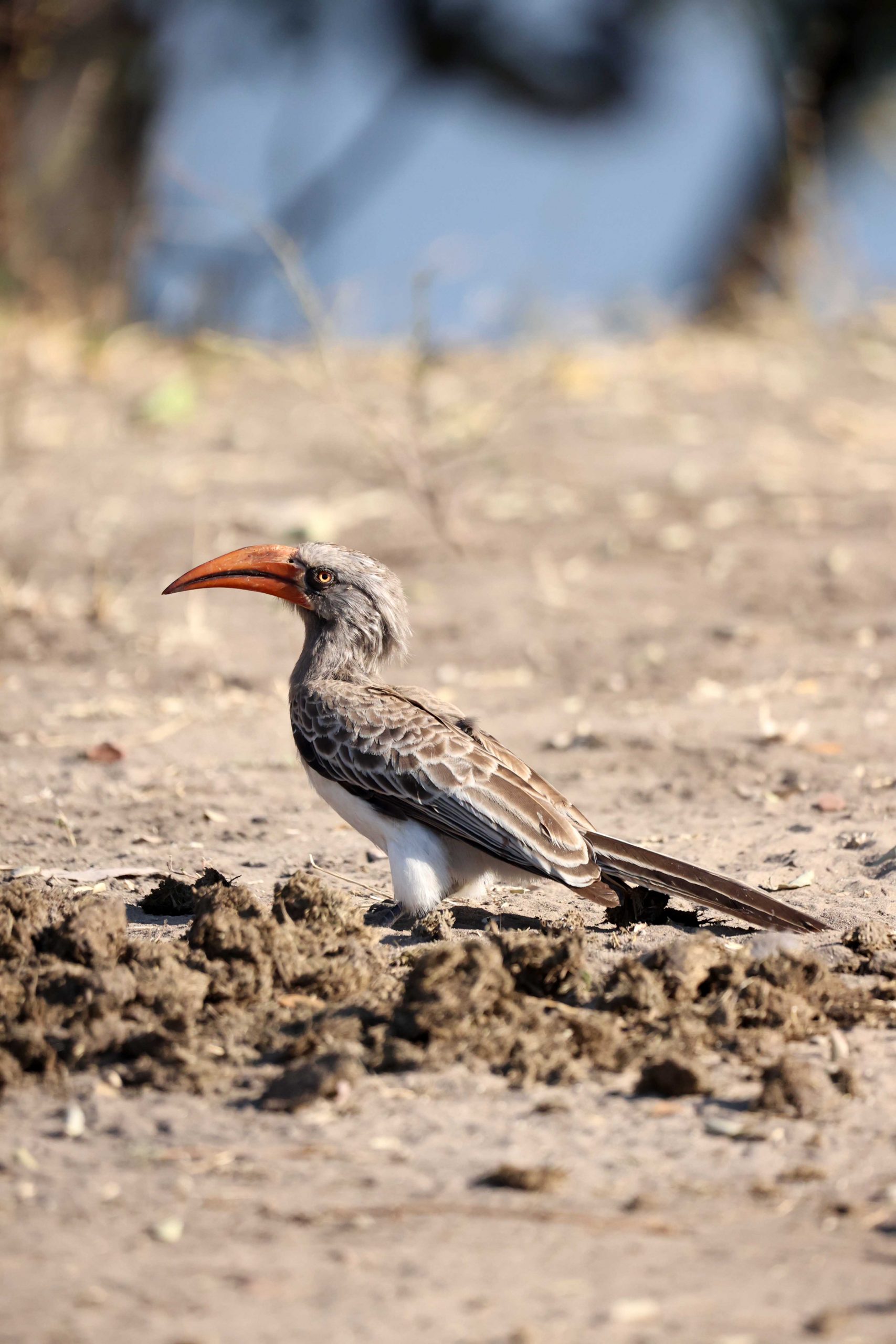
Drive on the wild side
We opted out of the 3-hour organised game drives and instead made our own self-drive day through the river section of the park, not only to make the most of the day but also of the exorbitant park fees that escalate faster than the South African fuel price. While having our morning coffee next to the river, we waited for the dust clouds left by the convoys of Ferrari safari vehicles to settle. We then slowly made our way along the river, taking the little detours and sampling all the viewpoints. It became obvious that the Chobe River is equally spectacular from land for different reasons. Great white pelicans fishing in groups, an Ovambo sparrowhawk plucking its kill, and a swamp boubou calling from the thicket. Bradfield’s hornbills working the sandy ridges, African yellow white-eyes cheerfully flying between flowers, and a white-browed coucal hopping through the grassy shrubbery. And these are just a few of the highlights!
We chanced upon a lioness coming down to drink and followed her around before another vehicle eventually ended our alone-time with the beautiful cat. Game abounds along the Chobe – we drove next to the river for the entire day and saw herds of zebra, impala, red lechwe, buffalo, waterbuck, giraffe and elephant almost continuously. Lions clearly also enjoy the masses of game along the river, as we saw three separate groups during the day. We napped under an old Baobab before the afternoon drive back and ended the day with a gloriously red sunset, complete with fishing skimmers flying low over the still and glistening water.

Here be tigers
Whilst the Chobe’s banks are stalked by lions and leopards, its waters are patrolled by tigerfish. We just had to go hunting for the enigmatic striped water dog and rigged our fly rods for a morning on the river. We fished the area around Impalila Island, working the runs around rocky outcrops housing hundreds of roosting yellow-billed storks and various breeding egrets. In the end Deo connected to a beautiful fish with a typical Zambezi setup – a fast sinking fly line and purple clouser pattern fished along deep seams. The powerful fish made its presence known with many jumps before we netted it to admire its deep red tail colours, strong bony teeth and beautiful racing stripes. Richard, our entertaining boatsman, was almost converted to fly fishing in the process and enquired thoughtfully about this strange way of fishing that, in his words, ‘makes you compete directly with the fish without an advantage – whaaaau!’.
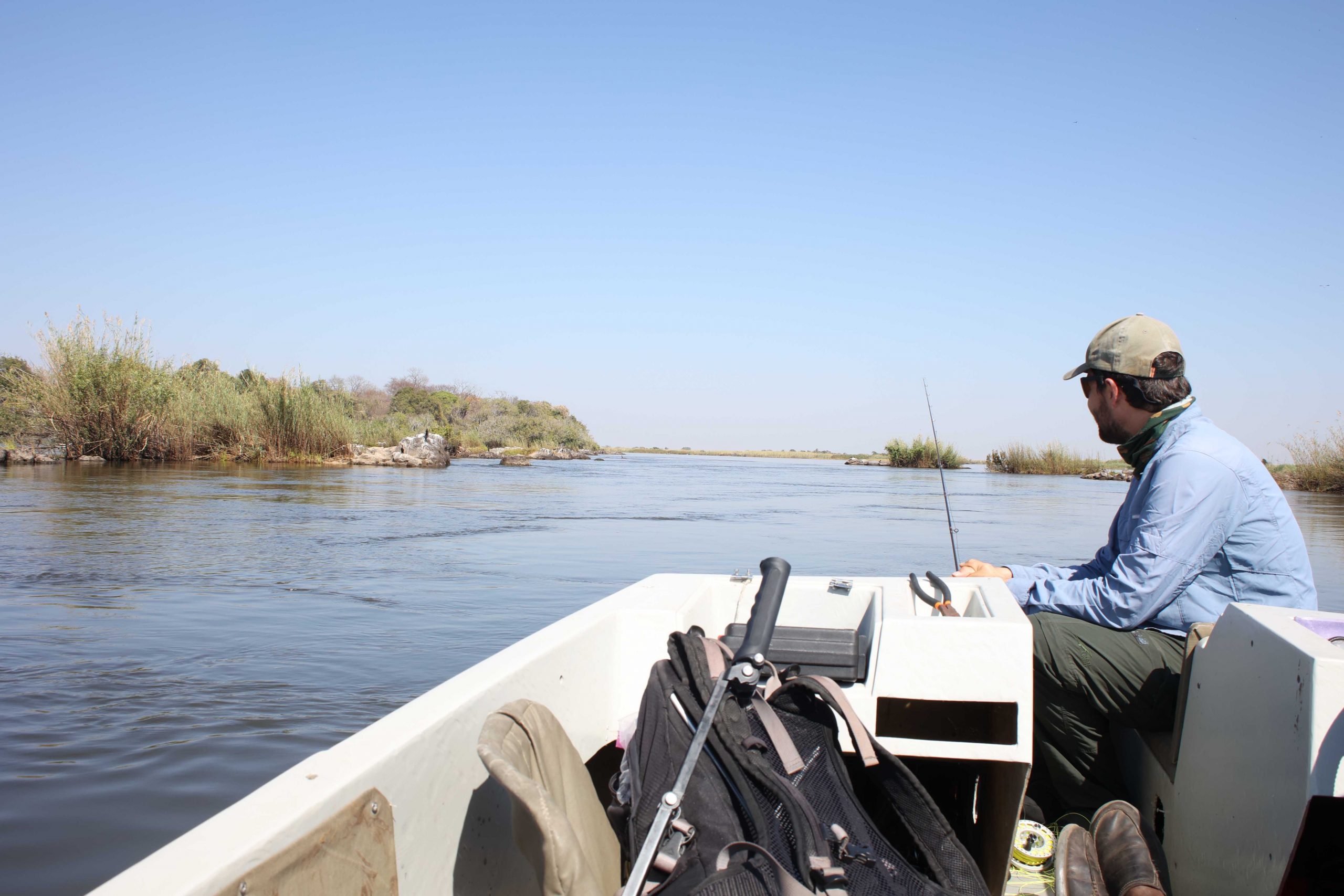

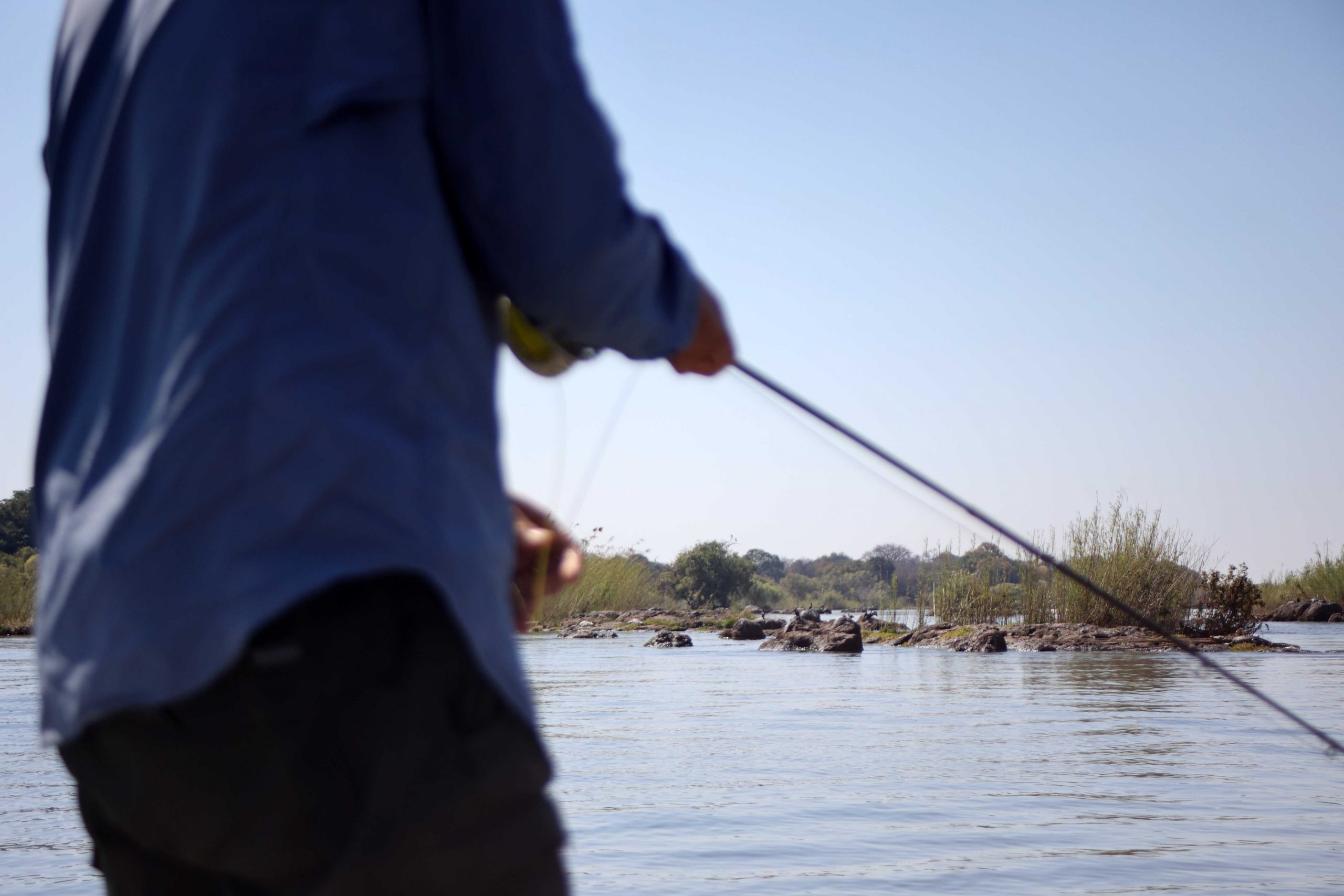
The other ninety percent
The main hub of Chobe is along the river and in Kasane. This, however, only forms a very small portion of the park itself. The vast majority lies further South and includes the Savuti and Linyanti sections. We ventured further afield, staying a while at the lovely Muchenje campsite before driving through the Savuti section to the Mababe gate. The drive itself included some of the deepest sand we had ever encountered, but the wild beauty of the area more than makes up for it. Some highlights include Arnot’s chats, the largest buffalo herd ever (think whole-horizon-filled large), a big clan of hyenas feasting on an elephant ‘cadaver’ (as a foreign tourist put it), and a lovely lunch under a huge apple leaf tree in a glade of leadwoods. We would love to explore this area more next time.
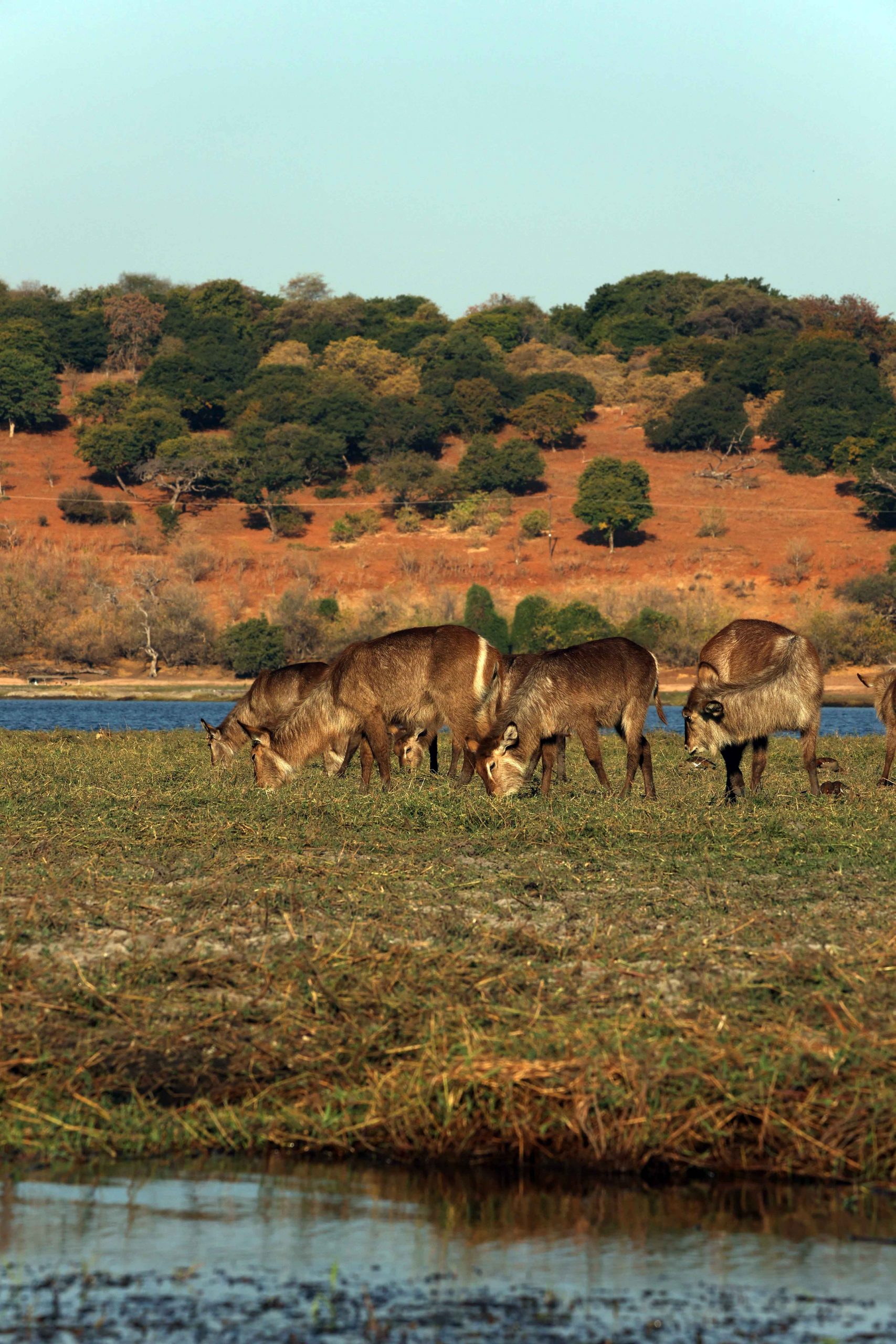

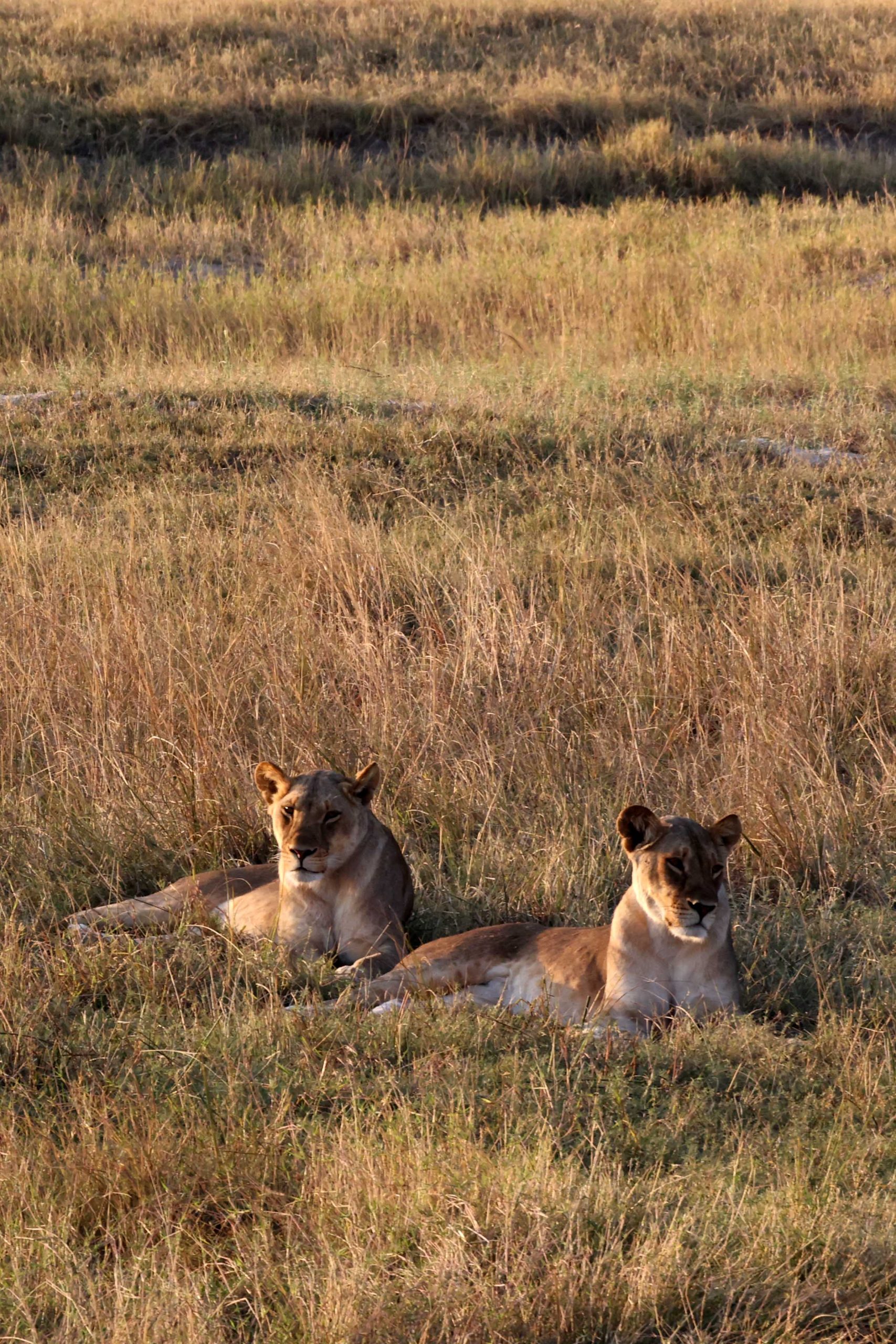
Over the week we spent here, the Chobe area showed us some of her charms. It is likely one of the few places in the world with so much game that you are indeed, as the marketing brochures promise, guaranteed of spectacular sightings. You will do equally well avoiding the socks-and-slops brigades and looking up the less trodden wonders. So then, after all is said and done, will we return to the Chobe National Park? We say, it will be impossible not to.
